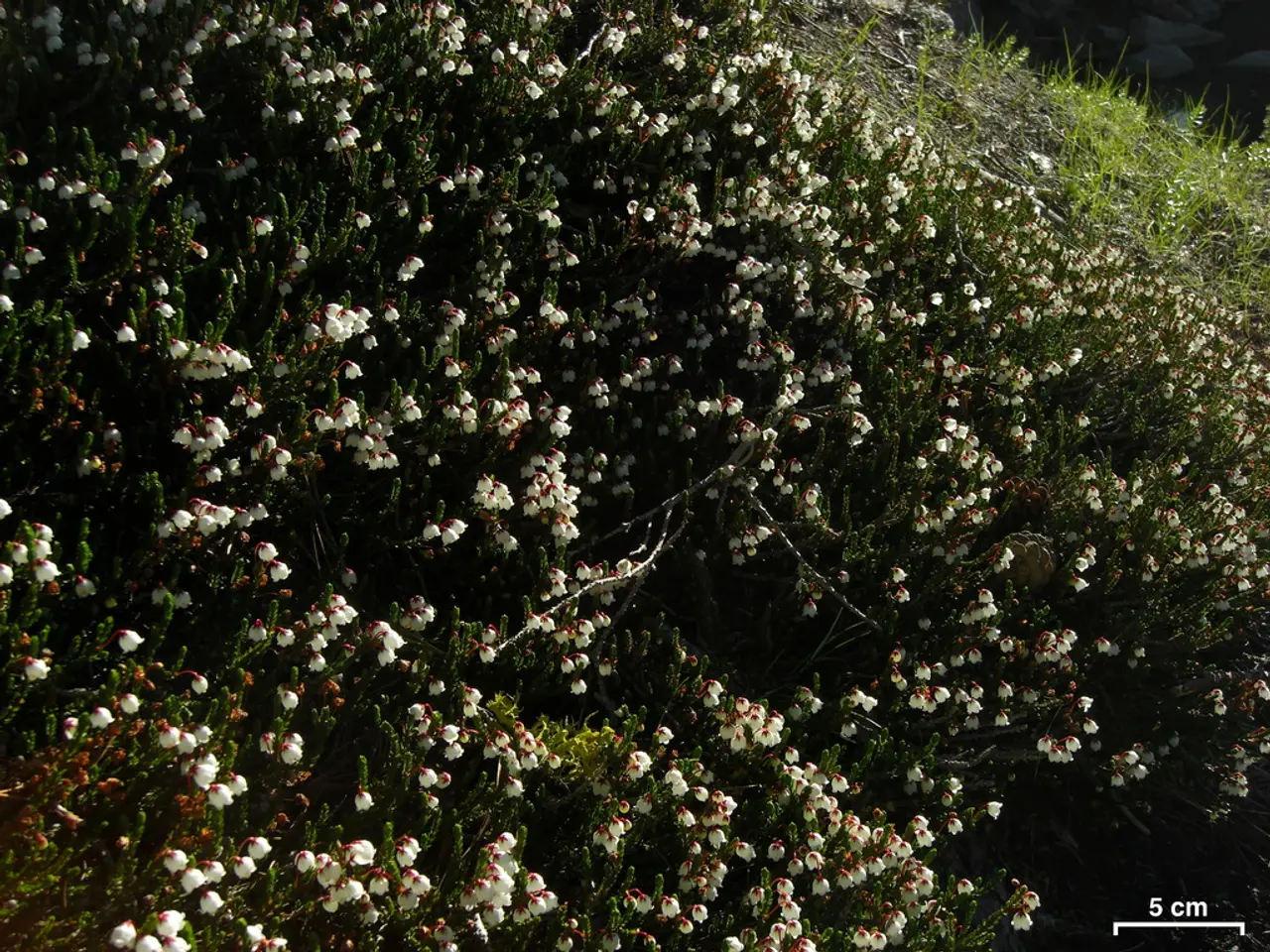Grass refusing to sprout: Expert insights into 5 potential causes and remedies for stimulating growth in your lawn
In the quest for a lush, green lawn, there are several factors to consider. Grass seed needs well-aerated, nutrient-rich soil with good drainage for optimal growth. Here are some tips to help you achieve a thriving lawn.
Moisture and Soil Temperature
Grass seeds need consistently moist soil during germination and the correct temperature range. Cool-season grasses, such as fescue or ryegrass, thrive best in soil temperatures between 50°F (10°C) and 65°F (18°C), while warm-season varieties like Bermuda grass prefer temperatures around 65°F (18°C) and 30°C. Lack of moisture or too hot/cold soil can prevent germination or kill new seedlings.
Fungal Infections
Fungi like those causing damping off can kill young seedlings, especially if soil is overwatered or contaminated. To treat, avoid overwatering, sanitize tools and soil, and if problems persist, restart with fresh seed and soil.
Pests and Diseases
Damage from fungi or pests (e.g., grubs) weakens seedlings. Identifying the exact problem allows targeted treatment such as fungicides or insecticidal soaps to protect new growth.
Overseeding
Adding new grass seed over thin or bare spots (overseeding) once a year after lawn care practices like mowing, dethatching, or aerating helps fill gaps and rejuvenate a patchy lawn. The best time depends on grass type and local climate.
Soil Preparation and Watering
Loosening soil before seeding, removing old turf if necessary, and regularly watering (daily light watering for 2–3 weeks) are essential for seed-to-soil contact and seedling establishment. Before planting, creating a moisture reservoir in the soil by watering a few days before and covering the seeds with sheeting can help keep the moisture in.
Additional Tips
Avoid frequent mowing and fertilizing that can stress newly growing grass. Use a seed spreader for even coverage. Ensuring high-quality grass seed can lead to a luscious lawn, such as Miracle-Gro Evergreen Super Seed Lawn Seed.
Caring for Your Lawn
Grass seed should be stored in a cool, dry, dark place for longevity. Heavy rain or overwatering can lead to water-logged soil, which can drown seeds and deprive them of oxygen. Aerating your lawn allows oxygen, water, and nutrients to reach the roots of your grass. Aerating your lawn should be done after scarifying it, and a lawn aerator can be purchased for £15 at Wickes.
Specific Conditions
In spring, a mix of cold and dry weather can affect grass seed growth. If a garden is dark or shady, using lawn seed specifically designed for shady conditions, like Miracle-Gro's Evergreen Shady Lawn Seed, can help. At nighttime during spring, temperatures can drop near or below freezing, which lowers the soil temperature. Spring is the best time to aerate your lawn.
By implementing these lawn care tips, you can help revive a lawn that initially struggles after seeding, leading to a thriving, green lawn.
- To support healthy grass growth, consider expanding your home-and-garden efforts beyond just focusing on the lawn, and pay attention to your home's overall landscaping, including proper gardening techniques.
- In addition to boosting your home's curb appeal with a lush, green lawn, also consider incorporating various flowers and plants into your home-and-garden, focusing on species that complement a thriving lawn, to further enhance your lifestyle with an appealing home-and-garden aesthetic.




